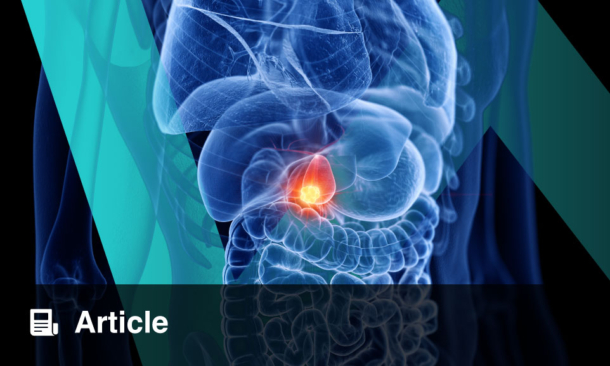A NEW study from Cairo University Hospital provides fresh clinical insights into the diagnosis and management of diabetic gastroparesis (GP), a debilitating complication of long-standing diabetes mellitus.
Gastroparesis occurs when delayed gastric emptying disrupts digestion, often due to diabetes-related autonomic neuropathy. It can cause persistent nausea, bloating, abdominal pain, and poor glycemic control. The study evaluated how gastric scintigraphy (GS)—the gold standard diagnostic test—can identify GP and predict treatment outcomes.
Between 2022 and 2024, researchers screened patients with diabetes for gastroparesis symptoms using the Gastroparesis Cardinal Symptom Index (GCSI). Those with moderate-to-severe symptoms underwent GS. Among 32 patients, 62.5% were diagnosed with delayed gastric emptying. A GCSI score above 23 independently predicted gastroparesis, supporting its use as a valuable clinical tool, particularly in settings where advanced imaging is not widely available.
Treatment outcomes varied: 55% of patients improved after three months of optimized medical therapy, with better results seen in older patients and those achieving improved blood sugar control. For individuals who did not respond, gastric peroral endoscopic myotomy (G-POEM) offered long-term symptom relief, with two out of four patients maintaining benefits for at least one year.
The findings underscore the importance of tailoring therapy for diabetic gastroparesis. Optimizing glycemic control, using GCSI for symptom tracking, and identifying patients likely to respond to medical treatment may improve outcomes. Meanwhile, G-POEM shows promise for refractory cases.
“Diabetic gastroparesis differs in both presentation and management from other forms of gastroparesis,” the authors conclude, adding that careful monitoring and personalized treatment are essential to improve quality of life for patients.
Reference
Wifi MN et al. Clinical insights into diabetic gastroparesis: gastric scintigraphy-based diagnosis and treatment outcomes. BMC Gastroenterol. 2025;DOI: 10.1186/s12876-025-03977-x.








